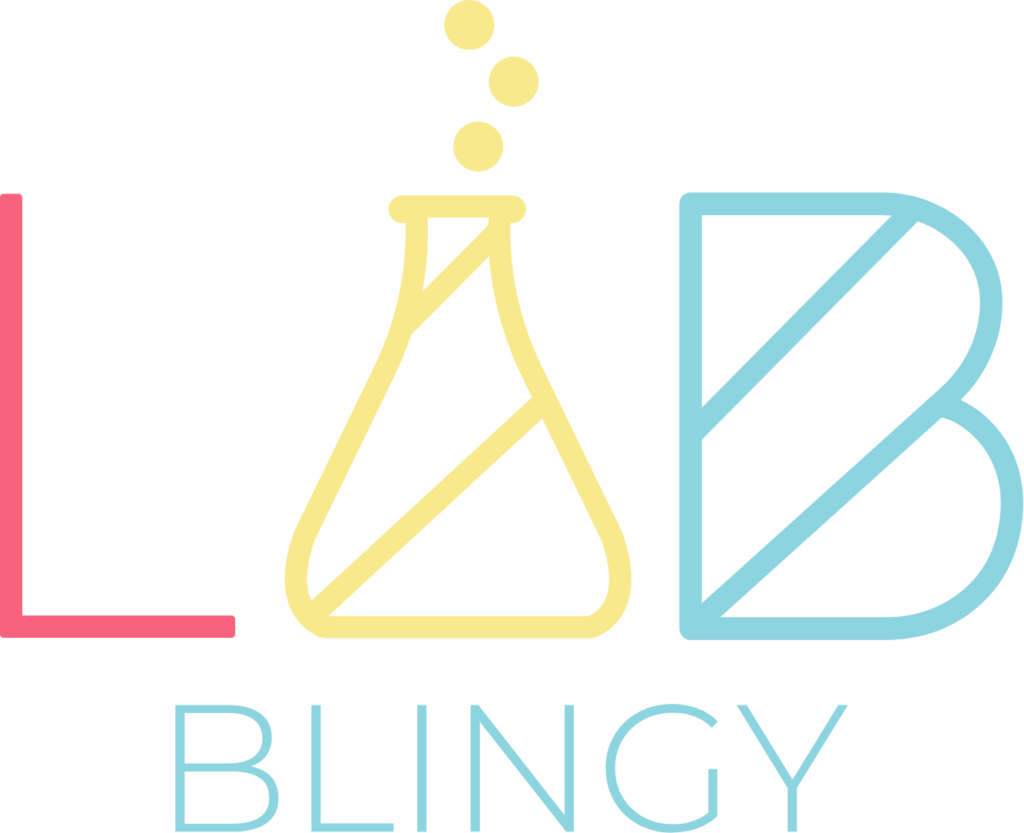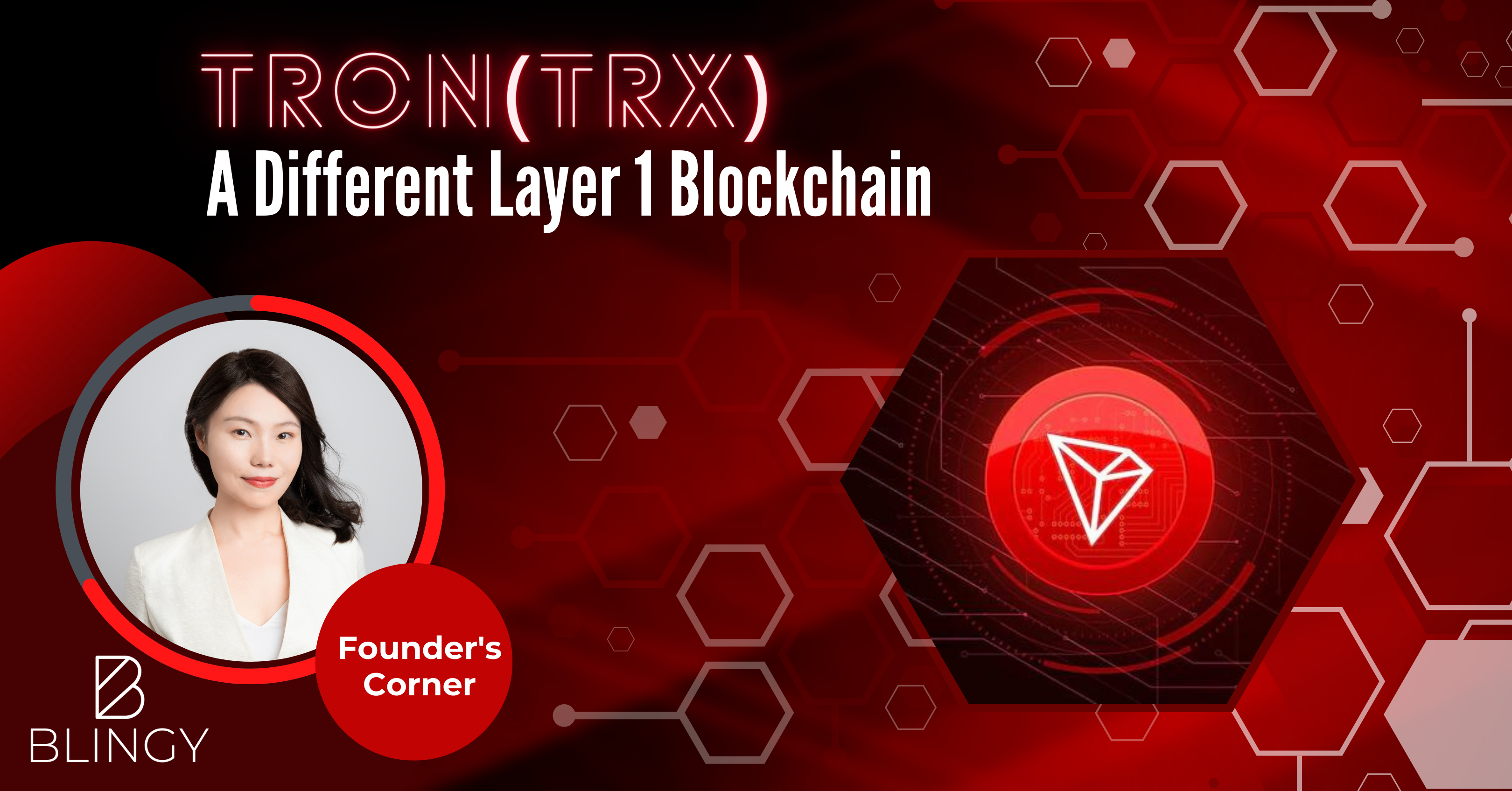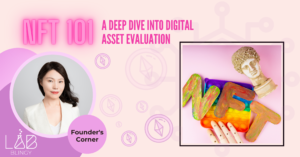Tron has united a global group of investors and developers around a vision to reshape the internet using cryptocurrency. Tron launched at the peak of 2017’s crypto-mania. Despite wide criticism of Tron’s technology, the commitment to spreading the message of innovation has never faltered.
Tron didn’t advertise its innovations, unlike many other projects. Other projects pioneered the fundamental components of Tron – decentralized applications, smart contracts, tokens, and delegated proof-of-stake consensus – before its launch. Tron made its technology components compatible with Ethereum (ETH) (which sparked accusations that it borrowed too much of its ideas).
Tron’s creator Justin Sun, translated its technical documents into a wider variety of languages to further differentiate Tron from other cryptocurrency projects. These documents fueled an Asia-focused go-to-market strategy. The Tron Foundation, the non-profit overseeing its development, gained greater mainstream attention in 2018 after it acquired peer-to-peer networking pioneer BitTorrent. After the BitTorrent acquisition, BitTorrent tokens launched on the Tron blockchain in 2019, allowing Tron to market its new cryptocurrency to millions of existing users.
Who created Tron?
Entrepreneur Sun Yuchen (Justin Sun) founded Tron in early 2017, a two-time recipient of Forbes’ “30-Under-30” award in Asia. Sun established Peiwo, a Chinese audio content application, before co-founding the non-profit Tron Foundation in 2015. In addition, Ripple, the for-profit company that maintains the XRP cryptocurrency, was represented by Sun in 2015.
Early investors, including Clash of Kings founder Tang Binsen and OFO Dai Wei, were enticed by Sun’s business background. These supporters boosted the September ICO, which raised millions in cryptocurrency from the public using a token on the Ethereum blockchain. In 2018, Tron released a second white paper detailing its technology.
Origin of Tron
Tron was initially developed as an Ethereum token but migrated to the Tron blockchain network in 2018. Investors traded their Ethereum tokens for Tron’s TRX cryptocurrency during the process, destroying the original Ethereum tokens after this migration.
Big-picture thinking
Tron’s protocol issues cryptographic keys controlling access to TRX and TRX token balances, just as Ethereum does (ETH).
A Tron blockchain-based data exchange network has three layers:
-
Core Layer – Accepts computer code written in Java or Solidity (Ethereum development language) and relays them to the Tron Virtual Machine, which runs the program or smart contract.
-
Application Layer – Used by developers to build wallets and decentralized applications.
-
Storage Layer – Designed to segment blockchain data (the record of the blockchain’s history) and its state data (which preserves the status of smart contracts).
DPoS is a type of Delegated Proof-of-Stake
Tron uses a 27-member rotating cast to maintain its ledger’s history and validate transactions to reach consensus. Every six hours, super representatives are elected and, if elected, gain the ability to collect new TRX created by the protocol. New blocks are added to the blockchain every 3 seconds, rewarding valid block creators with 32 TRX. The total annual distribution of Tron is 336,384,000 TRX.
On top of super representatives, users may operate witness, complete, and Solidity nodes on the Tron blockchain. Witness nodes propose blocks and vote on protocol decisions, while full nodes broadcast transactions and blocks. Blocks are synced by Solidity nodes from full nodes and provide APIs.
You can stake TRX on Tron
To vote for super representatives on the Tron network, users must have “Tron Power.” When a user freezes 1 TRX, they receive 1 Tron Power for every 1 TRX they choose not to spend. Upon unfreezing the cryptocurrency, users lose their Tron power and the ability to vote. There are no tokens built on top of the Tron blockchain that have Tron Power like TRX. Users earn rewards by locking up funds using a process similar to staking on blockchains like Tezos or Cosmos.
Why is TRX valuable?
The currency powering the Tron blockchain is called a “tronix,” the smallest denomination of which is a “sun,” after Justin Sun, the protocol’s creator. Tron’s initial coin offering (ICO) in 2017 created 100 billion TRX.
TRX tokens were distributed as follows at that time:
- Public sale: 40 billion TRX
- Private sale: 15 billion TRX
- Reserved for the Tron Foundation: 35 billion TRX
- Reserved for Peiwo (the project’s initial supporter): 10 billion TRX
There are some nuances to the Tron economy that distinguish it from competitors. Tron uses a “bandwidth points” system to determine whether a user must pay for a transaction. Every byte of data consumed during a transaction destroys one bandwidth point. Every account receives 5,000 free bandwidth points every day. Suppose a user does not have enough bandwidth points to execute a transaction, burning 0.1 TRX per byte of data. Burnings of 9,999 TRX from accounts wishing to become super representatives are an example of penalties on the network that reduce the TRX supply. Beginning in January 2021, the protocol will no longer create TRX. All new TRX will come from the Tron Foundation’s original token allocation.
What advantages does TRX provide?
You must purchase TRX to use specific Tron-based applications, so if you want to use a Tron game or service and don’t have any TRX, you’re out of luck. To participate in Tron’s consensus system requires TRX. Therefore if you want to stake coins and vote on the protocol’s operations, you must own TRX. Traders with a positive view of blockchain’s potential applications may wish to invest in TRX. As Tron’s platform allows users to develop custom applications and tokens, these types of investors may favor the token. Holding or owning TRX cryptocurrency also enables the ability to generate passive income through staking. Tron also has cheaper transaction fees when compared to Ethereum. When gas fees are high on the Ethereum blockchain, users may consider alternatives like Tron to cut costs.
Final thoughts
The price of Tron typically trades between $0.05 and $0.15, making it much more affordable for some. Tron has also been in the top 20 cryptocurrencies by market cap for years. The adoption of Tron over the last five years could suggest that the project has long-term future potential. With all the advantages that Tron brings to the table, it’s at least worth considering when comparing blockchains to build on.
What are your thoughts? Do you think Tron has long-term potential, or will it collapse like LUNA? Leave your comments.
Follow my Twitter @JoyyuanWeb3 to learn about the trends of Blockchain, Crypto, and Web3!








